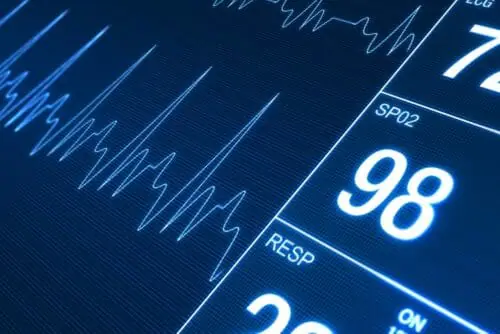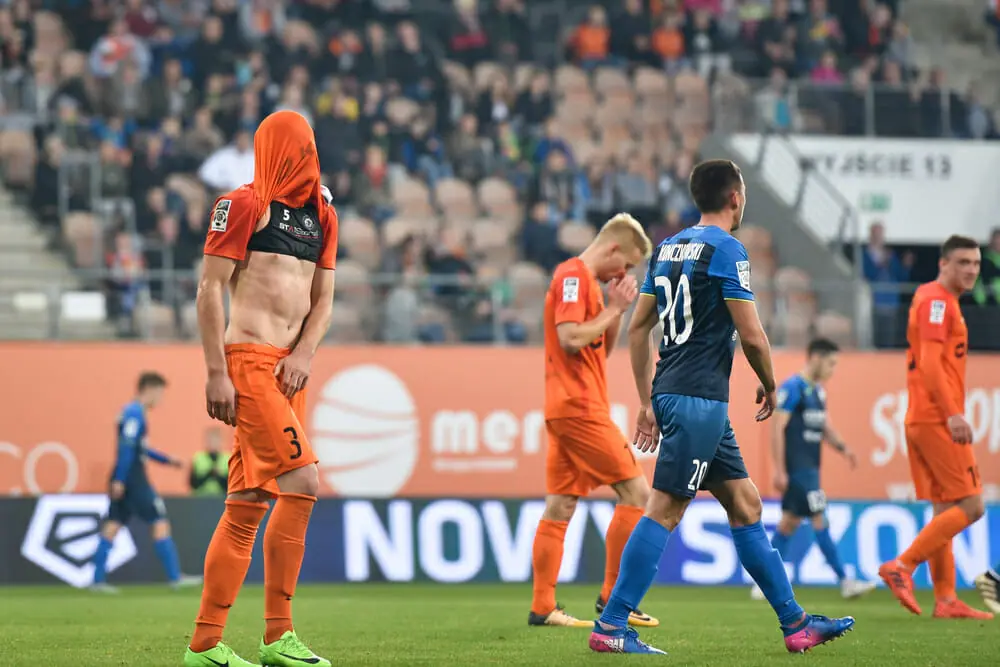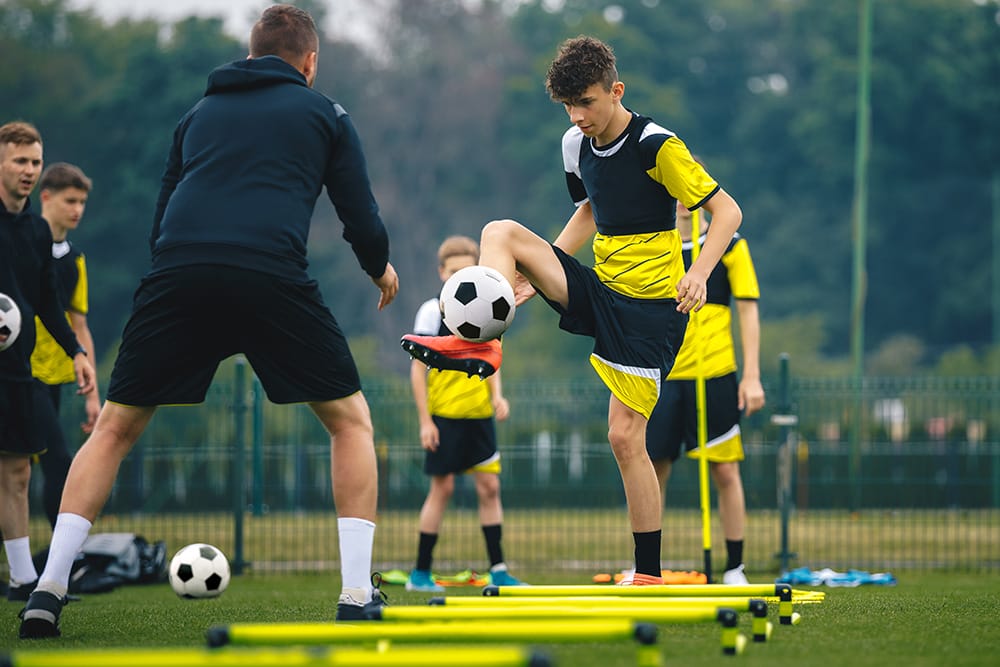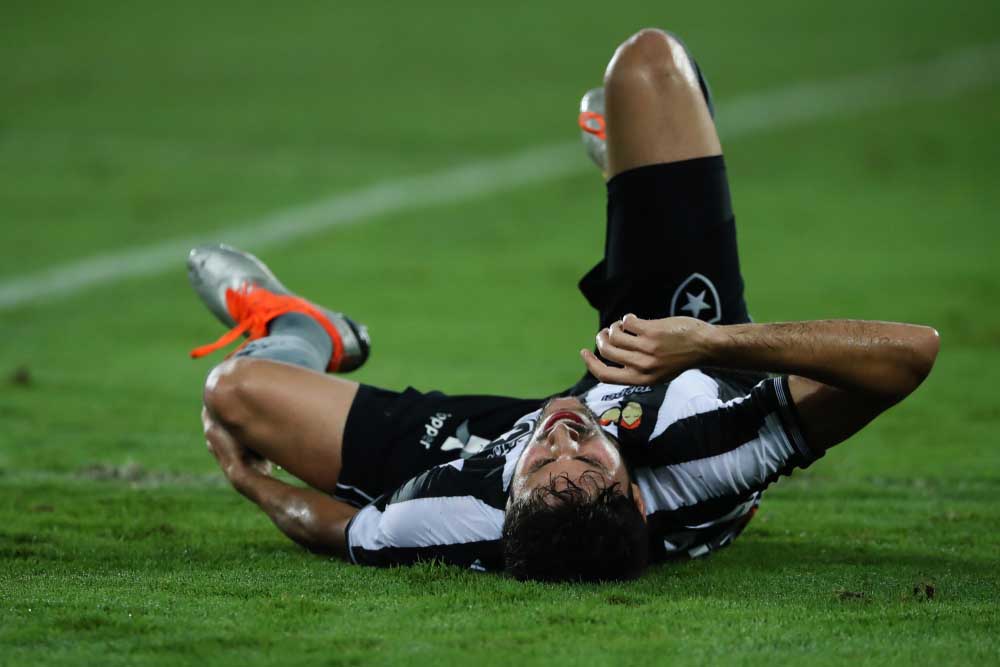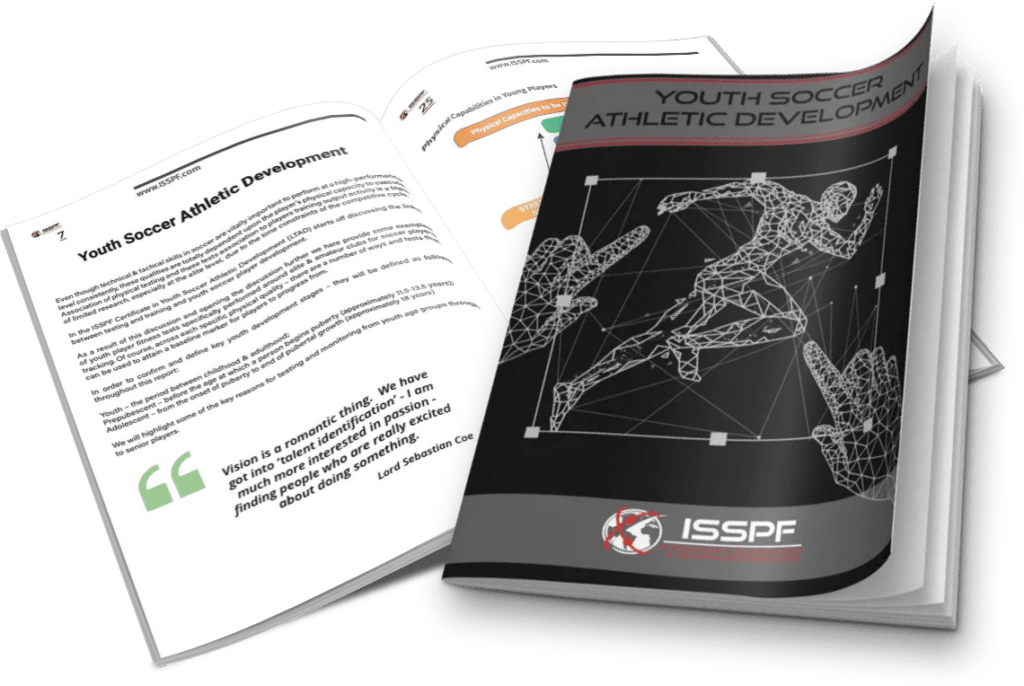Appropriate planning of training is fundamental to optimal sports performance and reduction of injury risk for players.
The importance of keeping the injury burden within squads low has been well presented & observed in line with successful teams. Having reduced injuries during a seasonal period obviously means you can compete most of the time with your best players available.
This issue is valid across amateur, semi-professional, youth & even senior level – how do you get your best players available to play most of the time!
Players at all levels are subject to seemingly endless competitive periods on top of preseason preparation match-play, international games and ever-growing post-season demands in addition with national team qualifying games and International tournaments.
With More Games Comes More Injuries
As a result of the increased games, comes the limited potential or accessibility to developmental training the cumulative wear & tear on muscles, ligaments & joints not correctly monitored or assessed will erode the integrity of the body’s delicate architecture.
Within soccer cohorts lower injury incidence and higher match availability have been associated with increased points per league match. Similarly, these key measures are furthermore associated with development through International tournaments that we engage with e.g. Copa America, Euros 2020, Champions Leagues or Europa League equivalents across the world.
As we all know, injuries impair team performance, but any injuries that could potentially be considered ‘training load-related’ are commonly viewed as ‘preventable’, and therefore a poor training design is generally the reason.
What is Training Load Management?
Training load management or Soccer load management refers to the structured process of the appropriate level of training in terms of frequency, duration and intensity. If training loads are managed correctly, then physical attributes such as speed, strength and endurance should be improved safely with main aim of improving performance.
According to literature in this area, there are two types of training load monitoring:
Internal & External Load
To simplify the context:
- INTERNAL are more physiological aspects: HEART RATE, BIOCHEMICAL PROFILES & PERSONAL EXERTION SCORES etc
- EXTERNAL are more physical outputs: GLOBAL POSITIONING DATA (GPS) – TOTAL DISTANCE, SPEED THERSHOLDS ACHIEVED, CHANGE OF DIRECTIONS etc
Knowledge of internal and external training load (TL) is suggested to help coaches to prevent increased levels of fatigue, and higher risk of illness and injury.
Also, it is suggested that it may help coaches to design an effective individual and group training periodization in elite team sports.
However, it is only recently that some studies have described the in-season training periodization practices of elite football teams in more detail, including a comparison of training days within weekly microcycles.
The Key Factor in Soccer Training
The key factor in soccer training theory is to implement this process of adaptation to improve fitness and eventually improve performance.
There is also good evidence for load management to prevent illness and over-training in athletes!
This is why as a coach of any level having an understanding leads to better decisions and better coaching efficiency!
When training is planned and completed by players at the appropriate intensity and volume it provides the intended increases in fitness levels.
Research has shown that players with the appropriate fitness levels have the required resilience to both training and game demands and therefore these players are at reduced injury risk.
Join Our Soccer Performance Course
The demand for sports science, physiotherapists, and performance & coaching specialists in football & team sports is growing year upon year.
Thousands of students are leaving university with a sports science degree, physio or therapy-related qualification, however many of them asking the key question – What now?
- How do I get a job in football?
- What’s the next step?
- Which area of sport or football science & medicine do I want to specialise in?
This is certainly an interesting question as progressing from completing a sport science degree to then working in professional football & trying to understanding all the key components, and soft skills that come with jobs in football or careers within sport.
The bespoke courses developed by ISSPF Elite Faculty members are a way of further exposing sport science students, individuals working within the game, coaches, physiotherapists, doctors, sport therapists & other football science enthusiasts with a thirst to develop further in this area.
The link below will take you to the hugely popular & expertly designed ISSPF endorsed & accredited Training Load Management online sport science course, where you will be exposed to football science & specific soccer coaching-led research, practical examples and training load monitoring methods used by leading practitioners within varying levels team sports development.
Training Load Management Course
How This Course Will Improve You
- Highlights the reasons we should monitor and assess training load in soccer.
- Highlights the practical application of modern training load monitoring & assessment tools.
- Provides an understanding of the need to monitor players training load & minimize training ‘spikes’.
- Helps you to understand the balance between soccer related fitness, freshness & fatigue.
- Assists in preparing players for the physical, technical & tactical demands in a safe, progressive manner.
- May help us to reduce the risk for non-contact muscle injuries, through a better understanding of planning & preparation.
Further Course Information
Average Workload: 20 hours total (pre-lecture reading, online content, questions, assignment)
Delivery Method: Online-based
Language Delivered: English
What Does This Course Cover?
Training Load Management Course Outline:
Module 1: Soccer player testing & monitoring: Real evidence
Lecturer: Prof. Darren Paul (England)
Module 2: Injury reduction strategies in professional soccer
Lecturer: Dr. Patrick Orme (England)
Module 3: Considerations & Applications of Training Load Monitoring in Elite Soccer Players
Lecturer: Dr. Vasilis Kalapthorakos (Greece)
Module 4: Soccer specific monitoring: Weekly microcycle, planning and performance
Lecturer: Dr. Dawid Golinski (Poland)
Module 5: External load monitoring in professional soccer: Understanding GPS tracking
Lecturer: Dr. Xinji Xi (China)
Module 6: Testing and monitoring in soccer: training & games
Lecturer: Dr Berni Guerro (Spain)
Topic: Performance Analysis
Module 7: Soccer specific monitoring: Subjective effort assessment
Lecturer: Dr. Dawid Golinski (Poland)
Module 8: Training Load Management: The appliance of science
Lecturer: Dr. Adam Owen (Wales)

